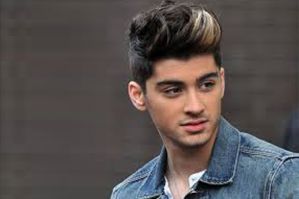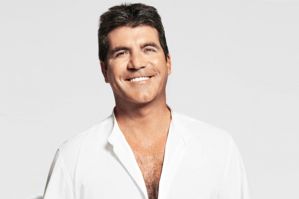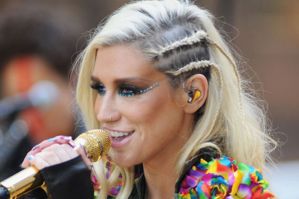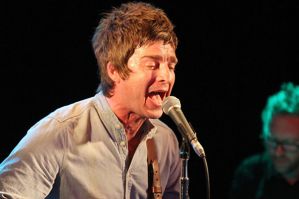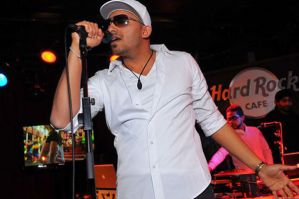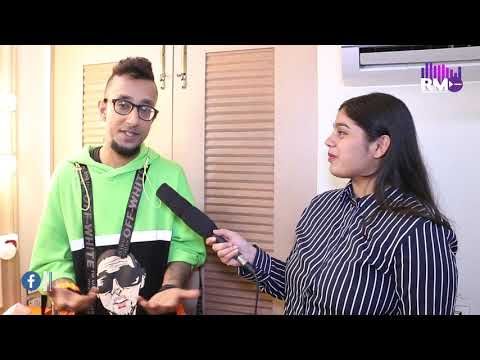DJ Anish Sood: "Regulations are getting worse yet there has been a lot of growth"
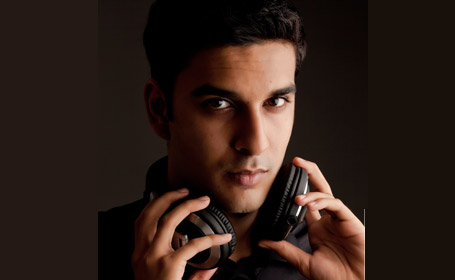
Exploding into the Indian dance music scene at a young age of 16, DJ Anish Sood quickly climbed up the ladder of success by playing at major Indian festivals like Sunburn, Invasion, NH7 Weekender and many more. The young DJ and producer has also performed alongside international artistes like Gareth Emery, David Guetta and Felix Da Housecat amongst others.
In a quick chat with Radioandmusic.com’s Chandni Mathur, Sood talks about his growth as a DJ, the EDM scene in the country and the government regulations hampering its growth.
Excerpts:
You released your EP in May with Ramona Arena. Do we see anything new from you now?
I actually have a lot of releases, but I have scheduled them until next year as I have a lot of tours lined up. I am also building a new live act with a friend from Lost Stories – DJ Rishab and more, who are basically trance and house DJs based out of Mumbai. We are launching a new concept called ‘Lost Stories Back to Back with Anish Sood’. It will be like the Swedish House Mafia, where you have three DJs playing together and bringing in transfers, LED screens, visuals and more. We will focus not only on music, but will also look into other fun things like live dancers, bubble machines and CO2 cannons amongst others. It will add some experience to what people usually do not get in nightclubs.
Which are the festivals you are playing at in the coming months?
For the rest of the year, I have the India Resort Fashion Week (IRFW) coming up from 28 November - 2 December in Goa. Apart from that I will also perform at Sunburn in Goa, Burnout fest in Ahmedabad, Storm festival in Coorg next year and many more. I recently played at the NH7 Weekender festival and got a really good response there. It was a great experience.
What is the kind of set you will play at the IRFW?
It will be a very chilled set because I will play at 4pm. My music will comprise of deep house tracks and some from the UK producer named ‘Eats Everything’. I am actually quite intrigued by the concept because this is the first time I’m playing at an event where there is the best of music combined with the best of fashion under one roof. Music does play a key part in such events and this is an interesting way to mix both the worlds.
Tell us about the kind of preparation you do before playing at any festival?
The sounds I am playing primarily depend on what time I am playing and the artiste who I am playing before and after. So once I figure out what my set timing is and what space of set I am playing – a banging set or a chilled out one, then I have different folders of music arranged. I carry around 2000 tracks of each type to the venue and I just pick tracks live on the spot depending on what the crowd is enjoying. There is really not much in terms of preparation, but I do my own edits and remixes last minute to cater to the fest scene.
How easy or difficult is it to gauge what the audience will like and enjoy?
That’s always a challenge. That is what sets one DJ apart from another. It all comes down to how well you can gauge the crowd and get people moving as quickly as possible because at the end of the day you want to see people dancing. It is really important to quickly be able to gauge what people want. It’s easy to play popular commercial tracks and get people dancing, because everybody already knows the vocals and they are happy to sing along with it. But I feel when you can get people dancing to your style of music, then you can make dance floors work without deviating from your sound. That’s what really adds value to a DJs performance.
Which is the one track that gets your audience in the groove?
It is actually very subjective but right now, my audience is really enjoying the music of the UK producer ‘Eats Everything’.
Being into electronic dance music, where do you see the genre in India today?
It has experienced phenomenal growth over the past few years, especially over the last one year. We now see so many kids below the age of 18 attending a Steve Aoki or David Guetta concert. After a few years, this younger generation will cross the age of 18 and start clubbing. That is what will fuel the clubbing revolution in India in the future. I know because of many regulations, clubbing in Mumbai and Bangalore is a problem. These kinds of regulations can kill the scene. But what we have been noticing over the past one year is that the regulations are getting worse yet there has been a lot of growth. We have so many positive things going for us that regulations do not matter. Many people will now turn up at 7:30pm if you decide to shut the club by 11:30pm. So the people who want to party are finding a way to do that.
Given that you’re from a non-musical background, how hard is it to make it big in the Indian EDM scene?
If you have a USP and stick to it, then it’s easy to break through in the space. For me it’s always about sticking to a particular sound and not adopting what other DJs play. I always take that extra effort to go and find tracks that associate really well with people and yet are completely fresh. Moreover, when you produce your own stuff, it always gives you an edge over others in the scene since people follow you only because of your originals.
What would you like to say about the art of DJing? Is it tough to learn?
The key with DJing is patience. You can’t start today and expect to be playing at music festivals tomorrow. It takes time to build your name and get it out there. It takes a good couple of years playing to empty dance floors before you actually play to a packed nightclub. You have to prove yourself and more often, you have to prove yourself to yourself. So even if you think that you are playing to empty floors because you are playing warm-ups to other artistes, there is always someone listening to your sounds. Even if they are not dancing, they are always listening. The moment someone hears good music, the track is fixed in their mind. So it’s always important to play a good set for yourself even if there is an empty dance floor. That is something a lot of youngsters are not ready to do, they expect to go directly to music festivals and play all the hits.
Is the space growing with more DJs coming in or is the true essence of the art fading away?
I would say the art is evolving. If you go back to the 90s, a lot of DJs in the scene then, like Pearl and Arjun Waghale have told me that back then the DJ was just a guy on one corner of the dance floor playing records. Nobody paid any attention to him or knew him. Today the DJ is a guy on a stage where thousands of people are watching him. Everyone is facing the DJ. The art of DJing has evolved from playing records and just mixing music, to actually being a performer. DJs like Steve Aoki spraying champagne on the crowd amongst others, that’s what really helps performers today. Nobody just wants to go and dance, they want to see someone perform as well. Performing with international artistes also helps as you can learn a lot from them plus you get a free fan base to reach out to.
You have performed alongside artistes like David Guetta and more. What have you learnt from them?
What I have learnt from all the DJs who are successful internationally, is that you need to have a concept that’s unique. If you will just play the same tracks, clap and jump like everyone else, you cannot break through internationally. You might do well in India as the scene is growing here, but if you have to stand out on the global scene you have to do something unique. Once you find out what you really want to do, you have to work hard towards executing it.




